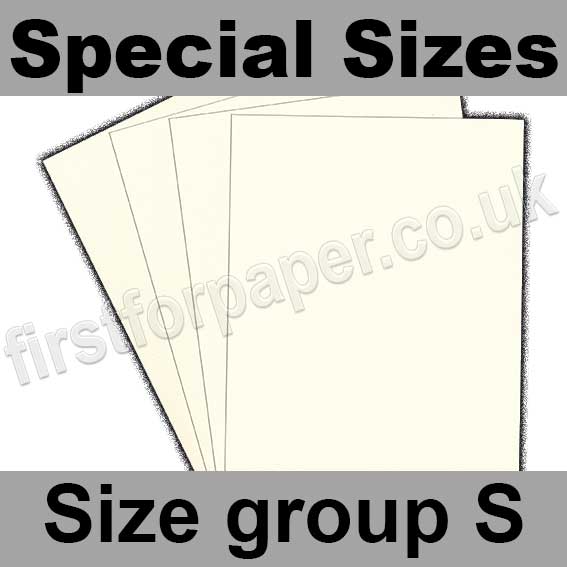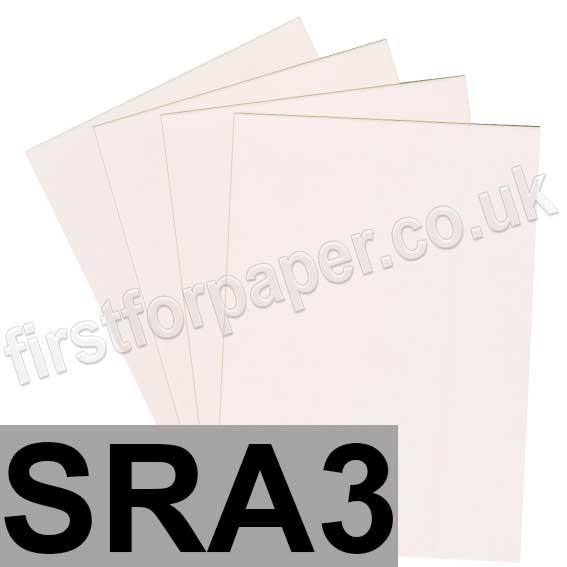

For example, Label.PressedColor may be set to the formula Label1.Color, automatically cascading a change from one property to another. RGBA function: Specify the red, green, and blue components of a color from 0 to 255, and specify an alpha channel from 0% (fully transparent) to 100% (fully opaque), as in this example:Ĭolor properties can also reference other color properties. The printed issue cards fit on A4, A3, or Letter-sized pages in both portrait and landscape modes.Configure the style of a control based on how the user interacts with it.Ĭolor enumeration: Specify color names from cascading style sheets, as in these examples:ĬolorValue function: Specify text strings such as color names from cascading style sheets and hex-code notation ( #), as in these examples:ĬolorFade function: Specify how faded a color is, from fully black (-100%) to fully white (100%), as in this example: Up to 3 extra fields, depending on your card layout configuration The printed issue cards include the following issue details:Įpic (optional in Active sprints/Kanban board) You can also print all issue cards in your current board. You can print a single issue card or multiple issue cards, if you want. You and your team can use the printed cards on a physical board, which can be a replication of your board on Jira Software. Whether you're planning work or working on issues for Scrum or Kanban projects, it may also be good to print out these issue cards. 300,000+ issues, 100+ projects, 100+ boards, or 100+ open sprints), we recommend that you disable this indicator to improve performance. In this example, the indicator reflects the cumulative value of 3 days for the issue in the 'In Progress' column. So, you move the issue back to the 'In Progress' column, and it stays there for 1 day.
#Colorset cards code
During code review, you receive feedback, which requires more development work for the issue.

You then move the issue to the 'Code Review' column, and it stays there for 1 day. Note that if you move an issue back to a column where it's previously been, the indicator gives you the cumulative number of days the issue has stayed in that column.įor example, you move an issue to the 'In Progress' column, and it stays there for 2 days. Example queries Show all issues that belong to a particular component, e.g. Issues that do not match any of your JQL queries will be shown in grey. See JQL for more information about JQL syntax. You can specify whatever queries you wish. You need to create an issue on your board first, to configure the colors for the assignees.

Note, the color values won't display until an issue is created on your board. A default color will be allocated to every user who is or has been an assignee of issues on this board. The default colors are the same as used for priorities in Jira. You need to create an issue on your board first, to configure the colors for the issue types. Also, the color values won't display until an issue is created on your board.

Note, the issue type must already exist in your project to configure the color for it. A default color will be allocated to every issue type that matches issues on the board. Move a card color (Query-based only) - Hover over the vertical 'grid' icon, then drag and drop the color up or down to its new position. If you still have issues matching that card type, refresh the screen to reset the deleted card color to the default color). This effectively resets the card to the default color. Pick a different color for a card - Click the Color squareĭelete a card color- Click Delete. Once you have picked a method to base your colors on, customize the colors as follows: If you change to a different method of card coloring, your settings for the old method will be retained so you can switch back to them later if you wish. Select Active sprints(if you use a Scrum board) or Kanban board (if you use a Kanban board).Ĭlick Card Colors and change the Colors based on drop-down as desired. If not already there, navigate to your company-managed project. This can be configured per board (not globally). Once you have chosen a method, you can change or delete the colors for each type of card. You can base your card colors on issue types, priorities, assignees, or JQL queries.


 0 kommentar(er)
0 kommentar(er)
